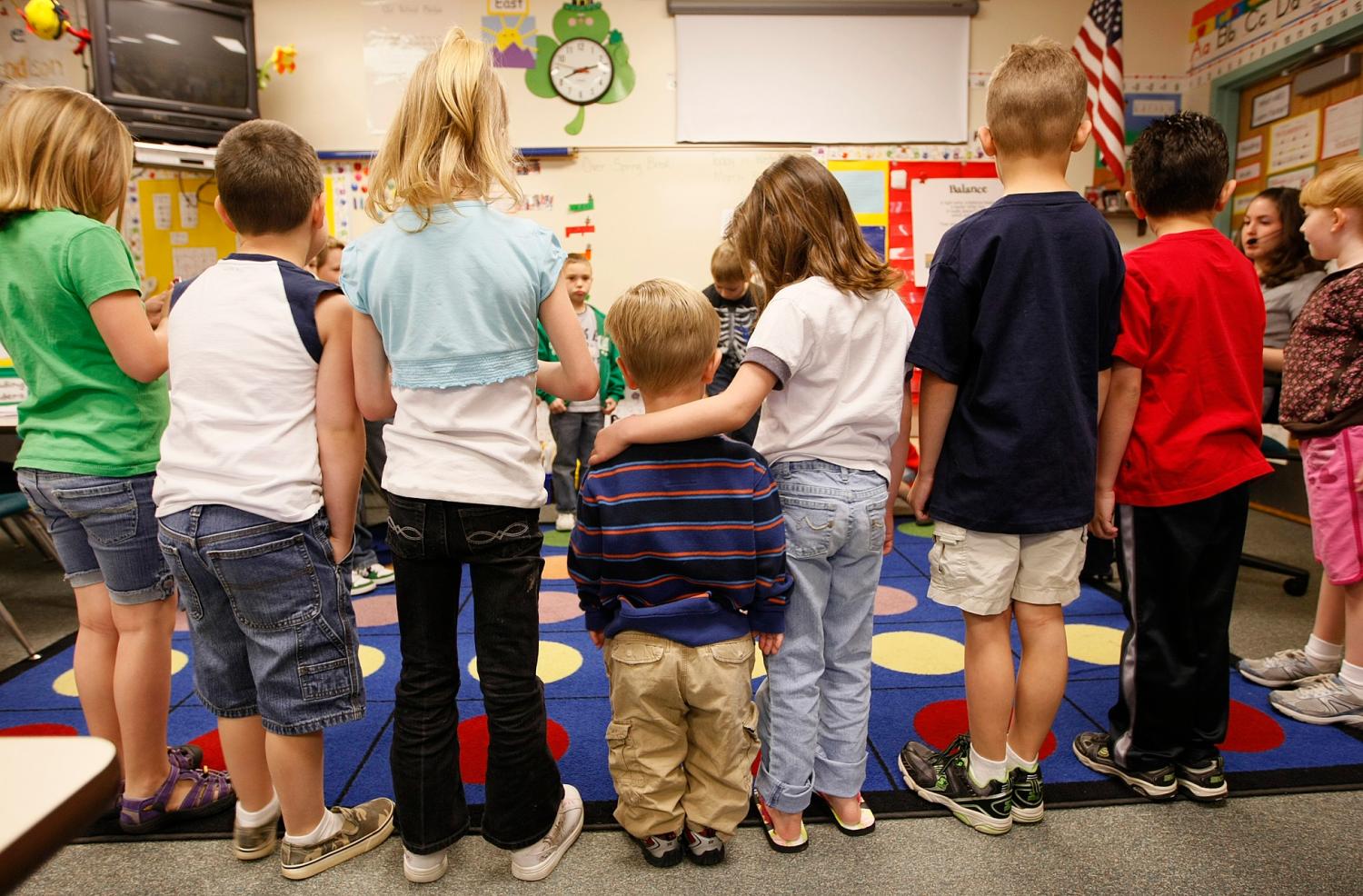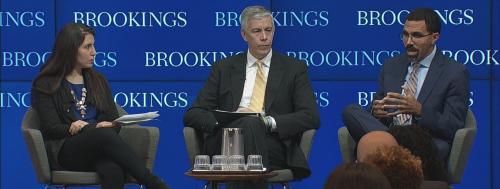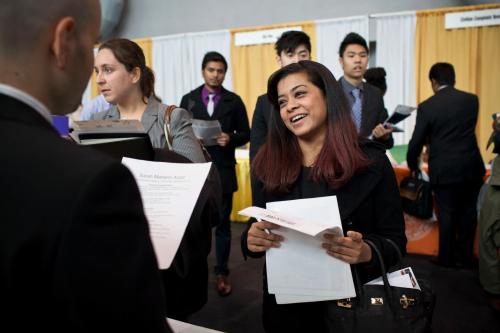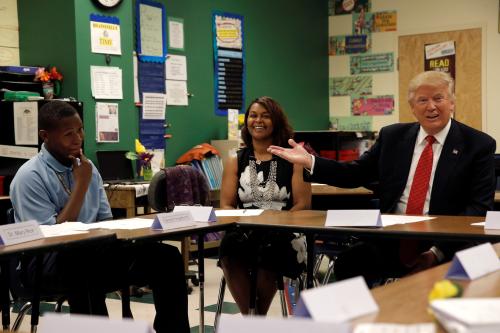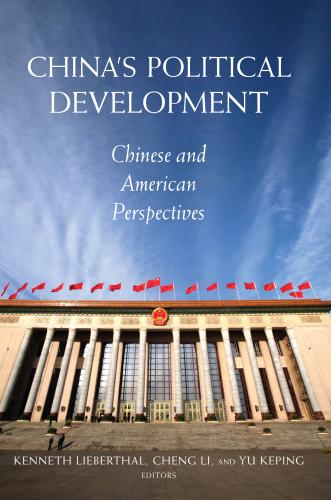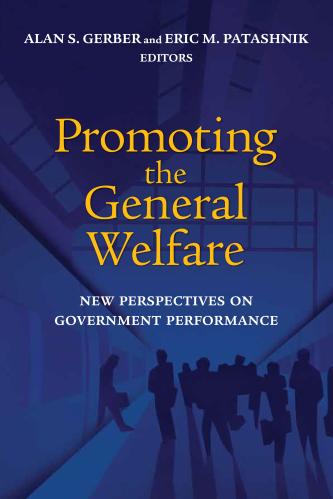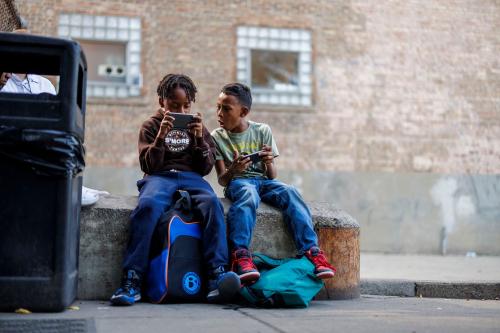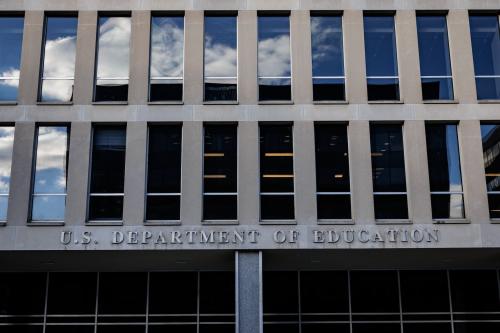Just three days removed from the 2016 presidential election, we’re a long way from assessing its full implications for U.S. schools. There will undoubtedly be direct policy implications, even if they are modest relative to the implications for climate policy, foreign policy, and other areas of domestic policymaking. This election might have a different type of effect on schools, however, as a product of its extraordinary vitriol and divisiveness.
We could, and I believe should, see a renewed emphasis on schools’ role in developing children as caring, empathetic citizens. That emphasis probably won’t come from the Trump administration but rather from a reflective public or concerned educators. Character education hasn’t received much attention during an era of education policy and rhetoric that almost exclusively targeted proficiency in core academic subjects. The narrow focus of recent decades, however, is historically anomalous, and the country has regularly looked to schools to address threats it perceives to its social, economic, and political well-being.
Consider perhaps the most famous example of the nation calling on its schools. When news reached the U.S. public on October 5, 1957, that the Soviet Union had launched a rocket-propelled satellite into space, Americans confronted questions about how well their public institutions—and particularly their public schools—were equipping the country to keep pace with a growingly menacing adversary. Life Magazine responded with a series, titled “Crisis in Education,” that opened with “the story of two schoolboys, an easygoing American and a hard-striving Russian” whose contrasting school experiences (and demeanors) highlighted problems in how Americans learned about science and technology.
The “Sputnik” phenomenon in U.S. education was, to borrow a term from political science, a focusing event. It was a moment that drew the nation’s attention to a problem that had developed gradually and quietly. Issues with science education did not begin on October 5, 1957, nor did they reach their peak that day, but the orbiting Soviet satellite focused the nation’s concerns and produced a mandate to address the perceived problem. We’ve seen other focusing events in education—the 1983 report A Nation at Risk, for example, was an unlikely catalyst for the development of content standards—despite these events being more improbable in education than other fields (e.g., plane crashes as focusing events for air safety).
This election has the potential to serve as a focusing event for a different type of challenge in American society. It’s not a problem that U.S. public education created, but that doesn’t really matter. It’s not directly related to the crises we usually hear about, like our middling performance on international tests or the stubborn opportunity gaps across races and classes. It’s more basic than that.
The problem is that we, as a country, don’t really seem to like each other. Or, perhaps more accurately, we don’t seem to like the “other side.” We generally get along fine with the people we interact with from day to day, but those are the types of likeminded people who make it through the many screens that we apply, knowingly or not. We befriend (and marry) people who look and think like us, seek neighbors who share our political perspectives, and screen out dissenting voices from our news consumption and Facebook feeds. Perhaps as a result, we seem to be growing increasingly intolerant and distrustful of those who disagree with us and isolated from opposing perspectives. The result can be a caricatured sense of those who disagree, with an inability to see contrasting opinions in the context of life experiences that differ from our own.
But what does this have to do with schools? The public education system is the clearest and easiest pathway for societies to instill shared values beyond those instilled at the discretion of parents, neighbors, religious institutions, and others. The U.S. public education system has a long history of turning to its schools to build character and develop citizens. In fact, the impetus for the common schools movement itself was a sense that the developing market economy and increasing flow of immigrants would, without an education system to socialize its youth, produce a factionalized, dysfunctional republic. Formal efforts to develop character, although less prominent now, never really went away, with many educators familiar with the occasional program on bullying, conflict resolution, social-emotional learning, and perspective-taking.
Do those programs work? In general, it’s hard to know. Good evidence on the programs’ causal effects is sparse, in part because the outcome measures are less straightforward and refined than our measures for academic learning. One notable exception comes from a randomized controlled trial in Hawaii. Researchers randomly assigned some elementary school students to participate in the Positive Action program, which consisted of about 35 per hours per year of lessons on topics like getting along with others and self-improvement. Compared to their peers in the control group, students who participated in the program showed substantial improvements in school suspensions, retentions, absences, and math and reading scores. Of course, this is just one study, but it demonstrates that character education programs can have tangible effects on outcomes that we value.
One counterargument to emphasizing character education in schools is that we can expect students to learn lessons of empathy and open dialogue indirectly, through conversations in classrooms, lunchrooms, and playgrounds, without schools needing to script and structure those lessons. Without a doubt, this type of informal learning is a wonderful benefit of brick-and-mortar schooling. It is also a limited benefit. Seeing things from another person’s perspective is a learned skill, and not a particularly easy one to learn (for children or adults). Additionally, students’ opportunities for taking alternate perspectives can be constrained by different forms of school segregation, since parents and children typically share a great deal in common in their backgrounds and perspectives. My own five-year-old reported a couple of weeks ago that he and his friends would be moving to France if Trump wins—a false threat, we think, but a reminder that we curated the opinions that we hear, and he hears, by choosing to live in a politically homogenous place.
If schools can help to quell the vitriol and incivility we see in our politics, it won’t happen overnight. Setting aside questions of how well equipped schools are to teach empathy and perspective-taking (especially with the machinery of public education built for academic learning), it takes time for children to grow into their adult roles as citizens. It is not an immediate fix for our political discourse but more like a repositioning of the sails of a slow-moving ship in hopes that we will find ourselves in a different place many elections from now. Yet even if the process is slow, the results are uncertain, and the problem is not of schools’ making, the 2016 election exposed challenges that might soon arrive at schools’ doorsteps, calling for more deliberate and coordinated efforts to develop character. The U.S. has a long history of turning to its schools for help with these types of challenges, and schools have a long history of doing their part. Hopefully the research and policymaking communities will be prepared to help them.
The Brookings Institution is committed to quality, independence, and impact.
We are supported by a diverse array of funders. In line with our values and policies, each Brookings publication represents the sole views of its author(s).

